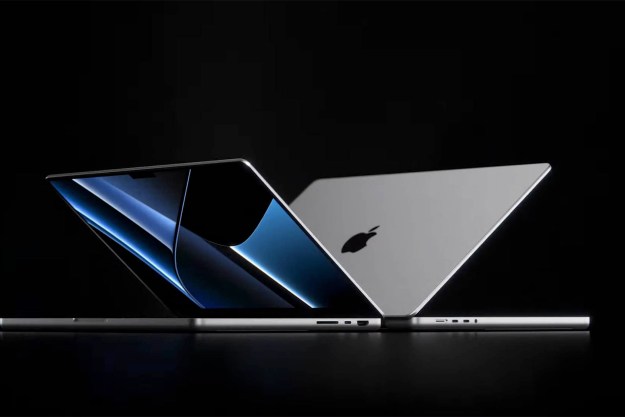The Video Electronics Standards Association (VESA) has given its stamp of approval to the DisplayPort 1.1 specification, adding features of special interest to the high-definition video industry as well as the makers of cell phones, portable media players, and other lower-power devices.
DisplayPort is a digital video output standard originally designed for PCs, and is intended to supersede the now-commonplace DVi connector—and maybe even one day do in the time-tested VGA standard. DisplayPort is intended to increase the use of digital outputs on computer displays and other devices in the technology industry, while closing the annoying “analog hole” represented by VGA. DisplayPort is designed to be easier for manufacturers to implement than current standards; consumers, may appreciate DisplayPort’s small USB-sized video connector, higher performance than even dual-link DVI (10.8 Gbps), and a micro-packet architecture to enable new features.
DisplayPort 1.1 adds support for High Bandwidth Digital Content Protection (HDCP) 1.3 (which is of special interest to makers of Blu-ray and HD DVD high-definition video solutions) and the ability to connect to both internal and external displays using a common interface (simplifying the design of mobile phones and other devices which tout multiple LCD displays). DisplayPort 1.1 also provides for low-voltage and low-power operation (again, useful for portable devices) and reduced electromagnetic interference with a new embedded clock architecture.
“The benefits of version 1.1 are significant, and will encourage adoption of DisplayPort in new generations of computers and consumer electronics equipment,” said Bill Lempesis, VESA executive director, in a statement. “Our task groups and committees within VESA worked very hard to ensure that DisplayPort 1.1 satisfies the important objectives it is designed for, and as a result, this new version has widespread support among all the leading computer and consumer electronics suppliers.”
Major DisplayPort supporters include AMD, Intel, HP, Nvidia, Lenovo, Samsung, and Philips.
Editors' Recommendations
- Why DisplayPort 2.1 could become a big deal for PC gaming in 2023
- New VESA display standard makes it easier to pick a monitor
- M1 Macs could have a problem with their Thunderbolt ports
- Apple’s new $1,599 Studio Display is aimed at creative pros
- DisplayPort cable labels just changed, but there’s good news


